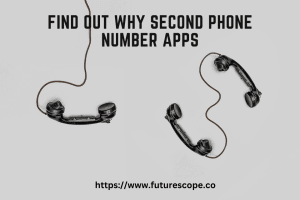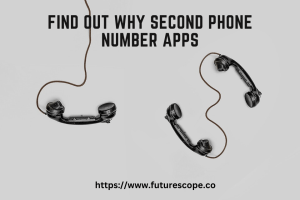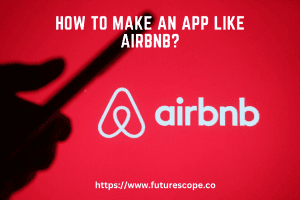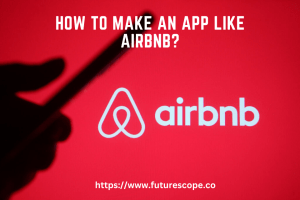What We Have Covered in This Article
Last Updated on April 9, 2020 by Editor Futurescope
For businesses, mobile apps offer increased reach, engagement, and an additional channel through which products and services can be monetized. But before you can enjoy a sleek and sexy app, you have to go through the process of developing and designing it – and wireframing is one of the first steps.
What is Wireframing?
The first step in creating a mobile app is to brainstorm your overarching goals, identify key features, and come up with a list of some of the different opportunities and restrictions you face. Once you have some of the issues squared away, you can begin to tackle the development side of things, including wireframing.
As BuildFire co-founder Ian Blair defines it, “Wireframing is a visual guide that will represent your app’s layout and the flow between the screen without the distractions of visual design and graphic elements. It is the bridge between your raw thoughts and a final product before any of the technical phases begin.”
It’s essentially a stripped-down version of your app that helps the development team wrap their brains around how the final product should look and function. It can be as simple as a sketch on a napkin, or as intricate as an online wireframe that allows you to click through the basic elements.
6 Tips for Effective Wireframing
There’s no standard wireframing process that you must follow to achieve success. Every approach is different, and you’ll ultimately be responsible for selecting a strategy that helps you accomplish your intended goals. As you proceed, here are some tips we think you’ll find helpful:
Keep an Open Mind
One of the worst things you can do is go into the wireframing process with rigid preconceptions about what your mobile app will look like and do. It’s smart to have objectives, but you can’t go overboard. Keeping an open mind will ensure you’re flexible enough to adapt when you recognize opportunities to shift, pivot, or tweak certain elements.
Consider Different Platforms
Except in very rare instances, you’ll want to develop your mobile app to account for both Android and iOS platforms. Unfortunately, this means you essentially have to develop a wireframe for both. This will help you account for interface, gestures, button functions, and other unique needs.
Think About Your Audience
It’s very rare that a business only has one target customer. In most cases, there are three or more target audiences with unique needs, personalities, and ways of interacting with the brand. As you wireframe your mobile about, carefully consider your audiences and how each will use your app. While you’ll have to compromise in certain areas, there may also be opportunities to allow users to create their own settings and preferences.
Prioritize Functionality Over Aesthetics
Everyone wants to think about aesthetics, but spending too much on visual design early in the process will stunt your ability to develop functional elements that hold the app together.
Some wireframing experts even suggest designing in grayscale. This keeps things simple and prevents you from getting too worried about niche design elements like color gradients, textures, and tiny finish details. There will be time for this when you actually develop the app.
Involve Multiple People
There’s a fine line between having too few people involved in wireframing and too many. While you don’t want to get so many people that it’s hard to find points of agreement, you also want to be wary of limiting your creativity by working in a silo. For best results, involve at least three or four different people from various areas of your business. This should include creative people, as well as those who work directly with customers.
Avoid Going Overboard
A wireframe is just that – a wire-frame. It’s not designed to be the real thing. Avoid pouring too much time and effort into perfecting every last detail. Instead, do enough to flesh out the details so that you can move on to development.
Set Yourself Up for Success
It’s always smart to wireframe a mobile app in the beginning stages of development. If nothing else, it allows you to visually and functionally clarify the purpose of your app, how it’ll look and feel, and what major issues will be encountered.
Hopefully this article has given you a simple, yet straightforward look at how wireframing can progress towards an efficient and effective final product.









